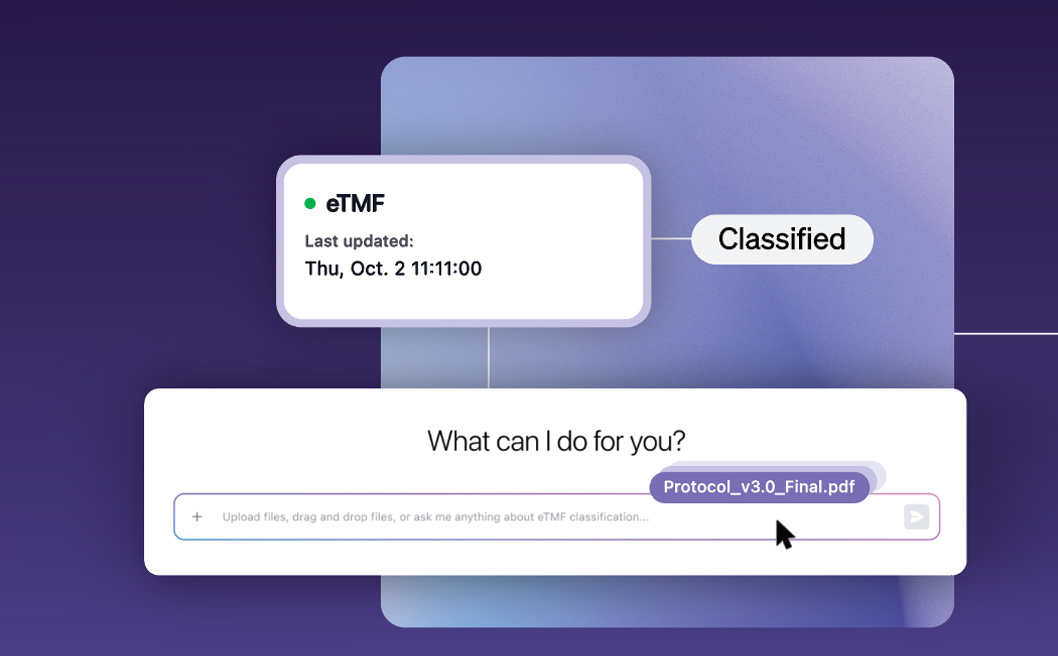Obtaining approval of an electronic informed consent doesn’t have to be a complex and time-consuming process. While the review process involves multiple stakeholders, including sites, sponsors, Ethics Committees (ECs), Institutional Review Boards (IRBs), and Health Authorities (HAs), researchers and study teams are constantly looking for ways to streamline their processes and improve efficiency.
Although the paper consent review process has remained unchanged for years, we have seen many layers of improvements and efficiencies around expediting the review process of electronic informed consent forms (eICFs) by ECs. Below we will explore some of the ways on how the submission of eICF can be completed without posing any significant delay to your trial timelines.
However many sponsors still are hesitant to adopt due to concerns about the submission process, timelines, and regulatory compliance. In this blog, we will discuss how to overcome these obstacles and streamline the ethics review process by adopting eICFs, and ensure that the full benefits of eConsent can be obtained.
Paper ICF vs. eICF:
The first step towards expediting the review process is to provide the review parties with clear and concise templates for paper and electronic consent forms. The most common differences between electronic consent and paper are the use of multi-media videos, images, hyperlinks and knowledge checks (or quiz like features). These often come with some wording differences surrounding electronic informed consent terminology such as download, login, and access to electronic copies rather than paper hardcopies. While paper consents are still required for some countries, electronic consents are becoming increasingly accepted globally. Globally, electronic consents are increasingly recognised , with both the FDA¹ and EMA², as well as some national HAs, issuing guidelines and recommendation to support and encourage the adoption of eICF across clinical trials studies. Providing clear and well-structured templates for both paper and electronic consents can ensure that the review process is streamlined and straightforward for all parties involved.
Submission Package:
The submission package is a critical component of the review process. A cover letter that clearly outlines the package's contents, including the ICF templates for ECs review and feedback, screenshots of the platform, and any relevant videos, should be included. The submission package should also include detailed documentation that outlines the platform's functionalities, data handling, and storage, participant workflow handling, and regulatory compliance. By providing a comprehensive submission package, researchers can ensure that review parties have all the information they need to make an informed decision about the consent process.
Change Control:
Tracking changes between electronic Informed Consent Form (eICF) versions, as the protocol is amended, is an essential aspect of the informed consent process in clinical research. A key benefit to eConsent is the ability to archive old versions of consent forms, and ensure that only the most current approved template can be used at site. As new versions are approved by the EC, and published to the site, the old versions are archived with a single click of a button, something that is impossible with paper and results in significant numbers of audit and inspection findings.
Undoubtedly the adoption of Electronic Informed Consent Forms (eICFs) requires a change to the submission process, careful consideration on additional aspects such as added content and local regulations around data protection, yet it still adds a tremendous benefit to clinical trials from a quality, retention, patient comprehension and geographic reach.. While the paper consent process has remained the same for many years, eICFs offer numerous benefits such as improved participant understanding and engagement, increased accessibility, and improved data quality. However, many researchers still hesitate to adopt eICFs due to concerns about the submission process, timelines, and regulatory compliance. By providing clear and concise templates, a comprehensive submission package, and implementing change control processes, researchers and study teams can overcome these obstacles and streamline the ethics review process. The implementation of eICFs has the potential to revolutionize the way we obtain informed consent, leading to more efficient and effective clinical research studies.
₁https://www.fda.gov/regulatory-information/search-fda-guidance-documents/electronic-systems-electronic-records-and-electronic-signatures-clinical-investigations-questions
²https://www.ema.europa.eu/en/documents/regulatory-procedural-guideline/guideline-computerised-systems-electronic-data-clinical-trials_en.pdf
₃ https://mrctcenter.org/resource/irb-ec-considerations-for-dct-review/#econsent











